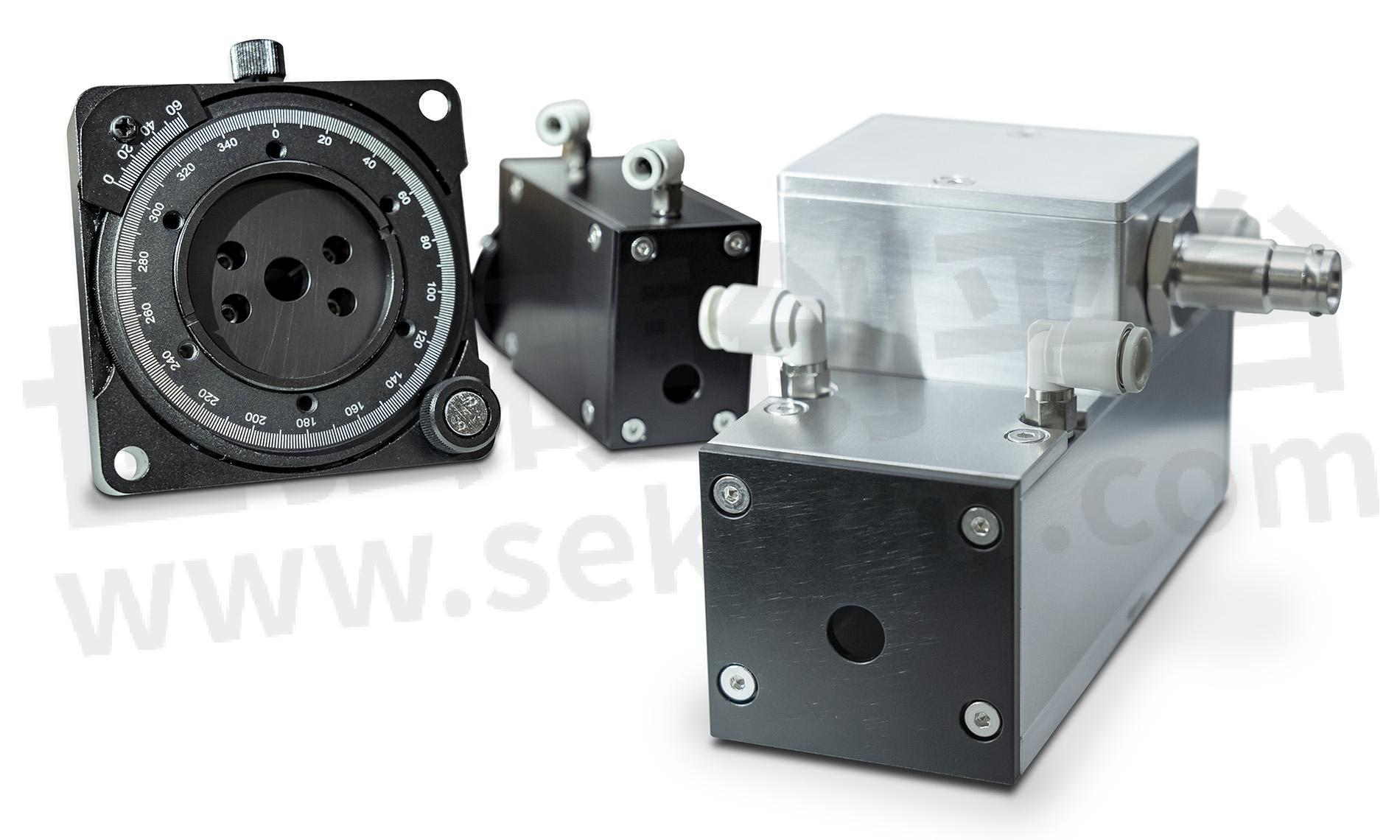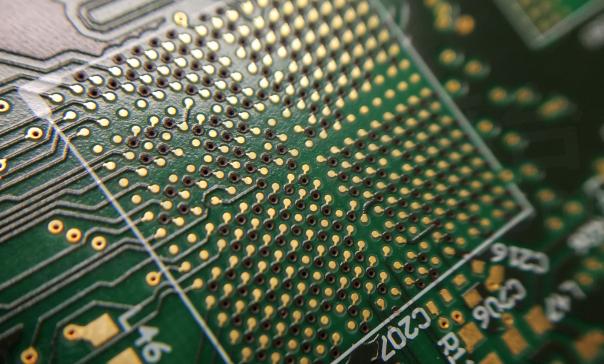Coherent New High-power CO₂ Laser Modulator Unlocks Faster Processing Speeds

Pairing a unique electro-optic modulator and high-power CO₂ laser delivers the increased speed and precision needed to revolutionize many cutting, drilling, and engraving applications.

The latest breakthrough in laser modulator technology from COHERENT delivers increased throughput – and therefore lower cost – to some of the most demanding, high-volume materials processing tasks in microelectronics production, medical device manufacturing, and more. Specifically, the new Coherent CO₂ laser electro-optic switch enables the use of higher power lasers (up to 1 kW) to speed up many drilling, cutting, and engraving processes involving non-metals such as polymers, composites, organics, and ceramics.
Here we’ll learn something about how modulators work and see how this new technology can cut dramatically costs for many manufacturers.

Understanding Modulators
An optic modulator is a device used to control the temporal shape and/or power of a laser in response to an applied electric signal. In the simplest implementation, a continuous wave (constant output) laser beam may be blocked or transmitted on demand, with a variable level of transmission.
The two most widely used technologies for this purpose are the acousto-optic modulator (AOM) and the electro-optic modulator (EOM). The AOM contains a transparent crystal with an attached piezoelectric transducer. Applying a radio frequency signal to the transducer produces a sound (or acoustic) wave within the crystal. This, in turn, creates a periodic variation in the material’s refractive index which makes it act like a diffraction grating.
Varying the input signal changes the amplitude of the acoustic waves. This causes more or less of the light to be diffracted out of the main beam and into the diffracted orders. This is how modulation is achieved.
The EOM utilizes an electro-optic crystal. This is a material that rotates the polarization plane of input linearly polarized laser light when a voltage is applied to it. By putting a linear polarizer at the output end of the crystal, beam modulation is achieved when the applied voltage is varied.
There are differences in nearly all the operating and practical characteristics of AOMs and EOMs. This makes each technology best suited for certain specific uses. Some of the key parameters relevant to high-throughput materials processing include:

If may seem confusing that EOMs can have faster risetimes but lower modulation speeds than AOMs. The figure provides the definitions of these terms and should help clarify this.

Definitions of the main output parameters for a modulator. As can be seen, risetime and falltime are not related directly to modulation speed.
Via Drilling
One application that can benefit from the particular characteristics of the EOM is “via” drilling in microelectronics manufacturing. Vias are tiny holes made in printed circuit boards (PCBs) that allow electrical connections to be made between their different layers.

PCB boards are shrinking to accommodate greater device miniaturization. This is especially true for devices like smartphones, 5G transceivers, and wearables. These more highly miniaturized devices often employ advanced packaging techniques – such as high-density interconnect (HDI) PCBs and IC substrates. The vias required for these are much smaller than can be achieved with traditional methods, but lasers excel at making the smaller holes needed for these newer electronic package types.
CO₂ lasers are widely used in commercial via drilling systems because they provide highly efficient processing of the materials used in many electronics packages, such as FR4, PTFE, glass-woven composites, and ceramics. And they can even ablate copper traces.
CO₂ lasers can drill vias down to about 30 µm in diameter. Using AOMs, these systems can operate at speeds of over 5,000 vias/second. While that may sound amazing, electronics manufacturers want to go even faster.
The reason for this is simple. Increased throughput means reduced cost.
Increasing Via Drilling Throughput
A typical high-speed via drilling system splits the laser beam into as many as four separate beams. This provides four times higher overall throughput than just using a single beam.
Splitting the beam into even more separate beams could further increase speed. But splitting the beam also divides the laser power amongst them. And it takes a certain amount of power in each individual beam to perform drilling.
The obvious solution is to increase the laser power. And this is where the AOMs used in most CO₂ laser via drilling systems becomes the limitation. Because AOMs simply can’t work with CO₂ lasers over about 300 W in power. And dividing a 300 W beam up more than four times doesn’t provide enough power in each beam for the drilling process.
A 1 kW CO₂ laser would supply sufficient power to divide the beam multiple times and get the throughput increase that semiconductor manufacturers require. But it would take a modulator that can handle about 1 kW of CO₂ laser power for this approach to work. Since there hasn’t been an AOM modulator available that could do that, Coherent turned to EOM technology for our CO₂ laser electro-optic switch.
Modulators for Every Application
AOMs and EOMs each have their uses. This is why Coherent offers lower power (<50 W) CO₂ lasers, like our DIAMOND Cx-10 and DIAMOND Cx-10LDE+ that directly integrate an AOM. These service applications that don’t require extraordinarily high throughput levels, or which are more cost-sensitive. And now, our CO₂ laser electro-optic switch enables system builders to support applications that require both very high throughput as well as high-powered (up to 1000 W) lasers. This EOM is further complemented by other products we manufacture, such as our spatter and debris resistant coatings which greatly extend the lifetime of CO₂ laser optics that require frequent cleaning from exposure to metal spatter and debris in drilling, cutting, and marking applications.
- +1 Like
- Add to Favorites
Recommend
This document is provided by Sekorm Platform for VIP exclusive service. The copyright is owned by Sekorm. Without authorization, any medias, websites or individual are not allowed to reprint. When authorizing the reprint, the link of www.sekorm.com must be indicated.

































































































































































































































































































































































































































































































































































































































































































































































































































































































